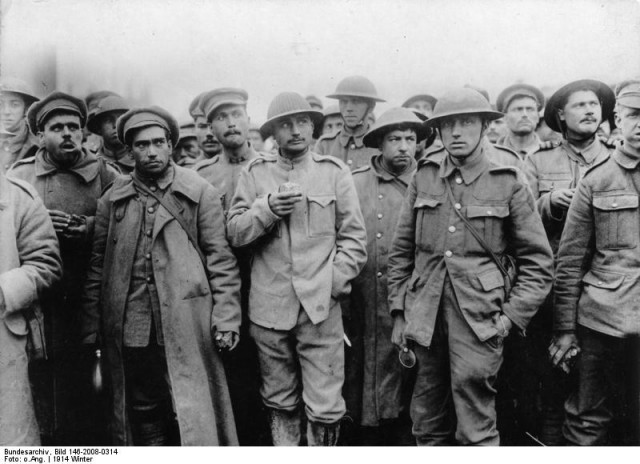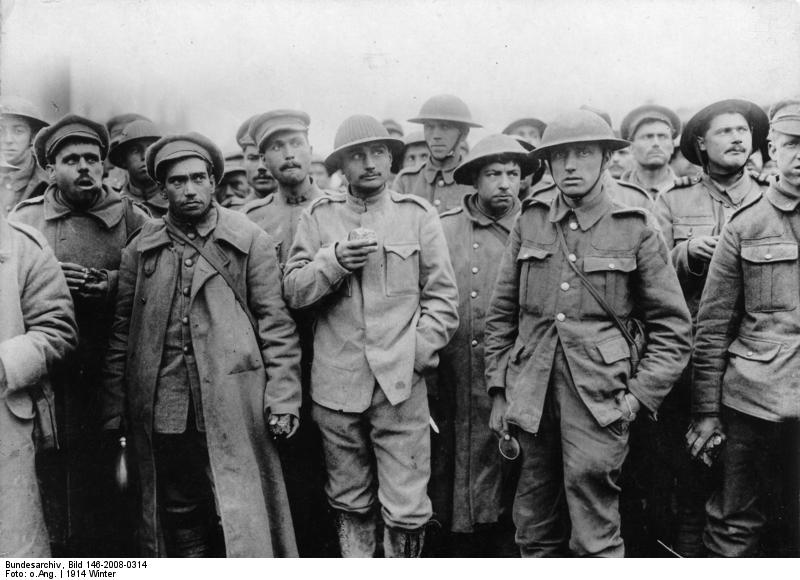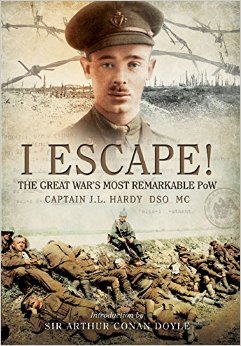
This book was first published by John Lane The Bodley Head Ltd in 1927 and no prizes for guessing what it is about! This is the blow by blow account of Jocelyn Lee Hardy’s attempts to escape from German prison camps during the Great War. A very junior officer in the 2nd Battalion, the Connaught Rangers he was captured, along with a number of others, at Maroilles on 27 August 1914. Remaining ‘out of it’ was not on Hardy’s mind and almost immediately he embarked upon a personal campaign to win his freedom. Possibly the greatest weapon in his armoury was the ability to communicate, he spoke fluent French and German. Hardy was sent to five different camps, Augustabad, Halle, Magdeburg, Fort Zorndorf and Schweidnitz and made five escape attempts. The final escape, from Schweidnitz and undertaken with Captain ‘Willie’ Loder-Symonds of the Wiltshires, was successful. Hardy and Loder-Symonds crossed into the Netherlands in March 1918.
The escape from Augustabad bears the hallmarks of the classic escape tale, ending heartrendingly close to success on the deck of the ship that was about to take him to freedom. Escaping dressed as a German soldier pre-dates the similar escape attempt from Colditz. The final escape is full of suspense but ends abruptly and in a downbeat fashion. Hardy and Loder-Symonds did not even know that they had crossed the border into the Netherlands. There is no hail of bullets, no barbed wire fence and definitely no motorbike…
April 1918 saw Hardy back in a battalion, this time the 2nd Inniskilling Fusiliers and in August he was back in the fighting on the Western Front where he gained first the MC, then the DSO and lost a leg. Undaunted he remained in the army. Loder-Symonds re-mustered into the RFC and died in a plane crash some ten weeks after escaping. Hardy’s post Great War service was somewhat murky and is not covered in this book. He stayed on in the army after the war and appears to have had some kind of intelligence officer role. He worked in Ireland with the Royal Irish Constabulary gathering intelligence and interrogating IRA prisoners; it seems that he swapped the role of prisoner for that of guard and commandant. Hated by the IRA they made a number of unsuccessful attempts on his life. Leaving the army he turned to writing and farming and when the Second World War came he re-joined with the rank of major and commanded an anti-aircraft battery. ‘Hoppy Hardy’, as the IRA called him, died in Norfolk in 1958.
The escape club had to start somewhere and when Hardy wrote up his exploits the daring escapers of the Second World War were but children. He was, in the field of escaping, a pioneer and his book, coming out as it did in 1927, must have had some influence on the POWs of the next world war. Perhaps it suffers from being examined, as John Bourne would say, through the prism of the Second World War. Hardy’s book cannot match up with P. R. Reid’s The Colditz Story, P. Brickhill’s The Great Escape and Escape or Die!, G. Romilly’s Hostages at Colditz, or the highly entertaining Colditz, the German Story by R. Eggers. Yet it points the way to the escapes of yet another war and lays the ground work for those books to be written. For the aficionados of escape literature this book must be a favourite. Hardy said of himself, “I saw myself as a sort of Scarlet Pimpernel – the hero of a hundred escapes!” I found him as irritating as the Germans did.
Reviewed by Dr Wayne Osborne for War History Online.
I ESCAPE!
By Captain J. L. Hardy, DSO,MC.
Pen & Sword Ltd, 2014.
ISBN: 978 1 47382 376 1
You can follow Wayne’s blog on the Great War in Words site at http://www.1914-1918.org/tales/

